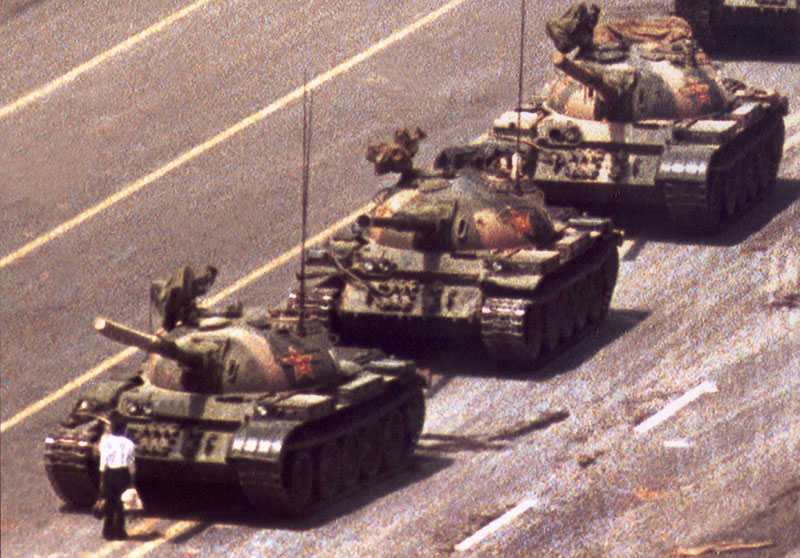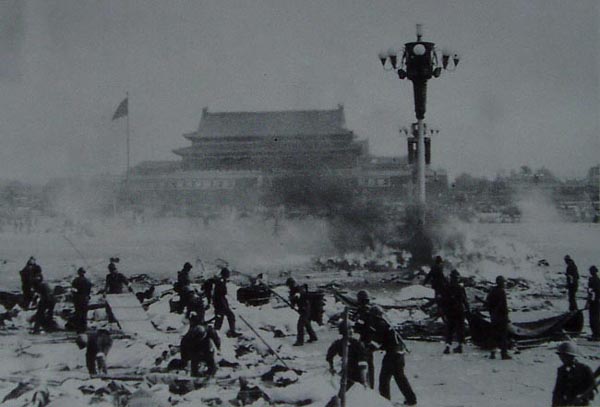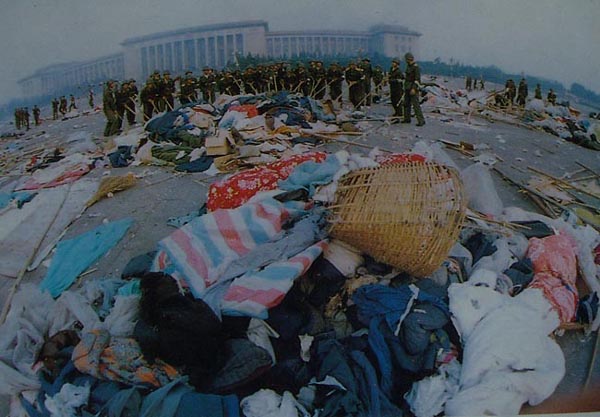Original article by KirkRogers 04/25/2010
China has emerged as the bad boy on the global scene, pushing around executives at Rio Tinto, attacking Google, and humiliating Barack Obama at the Copenhagen Climate Talks. Speculation is growing about China’s rising power and the country’s leaders are displaying a discouraging sense of hubris. There is growing fear that the autocratic Middle Kingdom will soon dominate the world.
These fears have parallels with another rising power of a century ago: Imperial Germany. Both emerged quickly on the global scene and did so with an enormous chip on their shoulders. Like China today, Germany was a little late coming to the industrial revolution, though its cultural contribution to European civilization and in turn to American civilization was enormous (Ralph Waldo Emerson was passionate student of Goethe). Only after its final unification and triumph over the French in the Franco-Prussian War of 1871 could Otto von Bismarck, the great 19th century pragmatist, force Germany’s sundry states into union.
Again like China, once united and in control of its own destiny, Germany grew quickly, harboring ever more delusions about its place in the sun. In the years leading to the First World War Wilhelm I, the competent Bismarck confidant, died of cancer. This allowed vainglorious Wilhelm II to assume the mantle of the state in 1888. Prussian militarism by then was backed by a massive industrial machine operating in complete fealty to the state. Germany’s new Emperor and his clique felt that it had something to prove.
China, once the most advanced nation on earth, similarly has a passel of historical resentments ranging from the Opium War to the complete denigration of its standing in the world. Like Germany, China has viewed itself as an advanced culture whose time had now arrived. Like Germany in the late 19th Century, it has incorporated technologies from others about as fast as it could get its hands on them.
When Deng Zhao Ping awoke China from its Maoist/Stalinist nightmare that ripped through the country under the guise of the Cultural Revolution, they were confronted with the disintegration of communist governments around the world. Chinese leaders knew that the only way to for them to hold power was to have their economy grow. This approach parallels the economic pragmatism in late Imperial Germany under Bismarck and the Hohenzollerns, who pushed economic growth as a means of promoting social welfare while simultaneously doing all they can to consolidate power in their hands. Bismarck created the first social security system not out of a deep seated concern for the proletariat but to emasculate the socialist party.
China by the same token has not adopted capitalism because they want to move the country towards rule of law and greater democracy but as a means of justifying their continued presence at the country’s helm. China, much like Imperial Germany, has witnessed unbelievable growth because of these centralized policies.
On the eve of WWI, Germany was the second largest economy in the world after shooting ahead of Britain and trailing America. China just accomplished a similar feat in an even shorter time frame. China passed contemporary Germany a couple of years ago and is poised to do so with Japan in the coming year. China is cultivating a modern-style imperial presence in Iran, Africa and Latin America in an effort to secure the natural resources that the country lacks much like Germany did. Ironically, China is doing more to raise living standards in Africa than any western aid program has been able to do.
German industrial bosses were elites, most bore the titles of nobility. China’s bosses have been compared to the Emperor’s corrupt courtesans. The vast wealth of the Thyssen and Krupp steel dynasties can still be seen today in the massive industrial museums lining the Ruhr Valley. As in Imperial Germany, the military dominates large swaths of the economy. Germany in the late 19th and early twentieth century used its coal and iron resources to build the munitions factories that lined the despoiled Ruhr and Rhine. Holding even tighter on the reigns, China has developed an a strong state-dominated economy, forcing, for example, foreign firms to enter a joint venture with a state-owned corporation, which will quickly steal what it can of the western company’s intellectual property.
The two governments bear disturbing similarities. Germany also had a vast bureaucracy attempting to tamp down any sedition amongst its masses. China is doing much the same. The most interesting parallel however is the rampant nationalism propagated in both Imperial Germany then and contemporary China.
Of course, there are also some significant differences. China, for example, is much larger than Germany ever was. China is also not necessarily as instinctively expansionist . But it is extremely sensitive when it comes to Taiwan. The kerfuffle over arms sales to Taiwan last month provides more than enough evidence of this. Germany also had territories that it got very sensitive about as well. China’s attitude towards Taiwan and Tibet echoes the Kaiser’s sentiment towards occupying Strasbourg along the French border.
Is China going to attack its neighbors and plunge the Pacific Rim into World War Three? It seems highly unlikely. China still has a lot of growing left to do. Large swaths of the peasantry are still stumbling along at poverty levels. China is also well aware of the US military’s ability to project force should it try to attack Taiwan.
China may want to occupy Taiwan and there is none of the rhetoric among the leadership cadre about the need for Lebensraum that dominated conversations in German salons before the Great War. China’s leadership also appears far more competent than that of late Imperial Germany. But this may have to do with dumb luck. The Hohenzollerns up until Wilhelm II were all competent leaders. Could China be so unlucky as well? Could one idiot weasel his way up through the CP ranks? Who knows?
China has serious problems with restive minorities and a growingly arrogant and repressive regime. It has industrial might, a massive resentment of western powers and a desire to get its own place in the sun. It does not have the same geographical pressures that Germany had and it is still not in any position to take on the US in the military theater and its rulers realize that. Though its economy is inflating, much of the population living below the poverty line.
So far the technocrats over the last thirty years have been freakishly capable and have generally done a good job. The real trial of China’s claim to its place in the sun will be when a blustering fool like Kaiser Wilhelm weasels his way into the party chairmanship. Just as Germany was powerless to dispose of its ill-suited leader, China may very well be as well. If that happens, God help us all.









